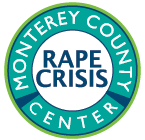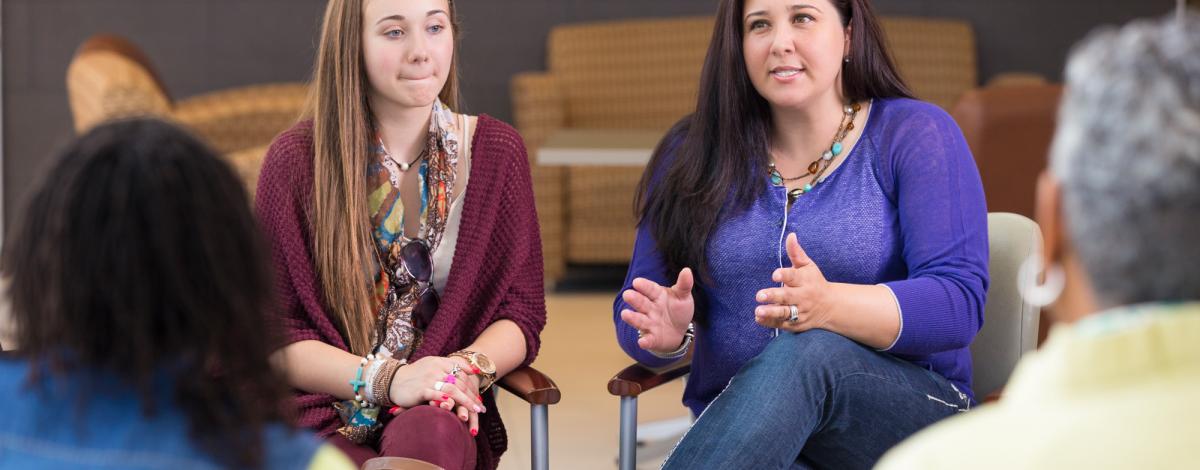At which ages is human trafficking prevention most effective?
January 29, 2018
Our Prevention and Educations programs believe it’s never too early to begin teaching healthy boundaries, the right to say “No”, and the grooming techniques associated with sexual abuse and exploitation. These elements come together, in an age-appropriate way, to build the foundation of human trafficking and rape prevention.
While statistics about sexual assault and trafficking are difficult to track, given the secrecy and stigma around the subject, the Polaris Project cites 44% of sex trafficking survivors estimated that they were 17 or younger when they were first trafficked. Other sources place the average age of entry into exploitation as young as 12-14. At the Monterey County Rape Crisis Center, we’re including human trafficking prevention in our conversations from an early age.
Our Child Abuse Prevention Program (CAPP) educators, who talk to around 11,000-13,000 elementary and middle school students a year, implement human trafficking prevention from all sides. When we understand that all children are at a potential risk for human trafficking, not just the stereotype of the “troubled child”, and that all children are at risk of being recruited by traffickers, we can talk openly with youth about the imbalance of power between adults and children, how it’s never okay for an adult to trick you into doing something you don’t want to do, and that nobody has the right to touch your body without your permission. Another element of protecting children from traffickers involves teaching internet safety, and how to safely use applications or websites that have become a place of grooming and recruitment. Trafficking recruiters and abusers understand the vulnerabilities of putting personal information on public display, and can find ways to directly contact youth with promises of safety, money, food, or a “romantic relationship”.
The other side of human trafficking prevention is to address folks at risk of becoming traffickers or abusers. Most traffickers report being physically, emotionally, or sexually abused as children, and experience violence first hand at a very young age. By being a resource and place of healing for children who have experienced abuse, it’s likely that our program can prevent traumatized children from reenacting trauma onto others as they get older. While it is a myth that every person who experiences violence becomes violent, exposure to violence is a risk factor we take into consideration. Our clinical counselors, specializing in child abuse, teach healthy coping methods, how to separate violence and control from a relationship, and rebuild boundaries and communication skills.
In high school, about 300 students in our Rape Prevention Education (RPE) program receive even more detailed information about human trafficking. Students are able to identify the warning signs of trafficking, the tactics of traffickers, and know how to get help for themselves or someone they know who may be in an exploitative situation.
There is currently a generation of youth in our community that is receiving accurate information about what human trafficking looks like. Instead of overtly violent examples, or exaggerated stories, we discuss what different forms of trafficking look like in our communities. We discuss elements of force, fraud, coercion, and how those affect a person’s ability to give consent. Students begin to understand traffickers find many ways to control a person, such as intimidation, threats, citizenship status, physical or emotional violence, drug dependency, and homelessness, to name a few. We also spend time discussing trusted adults, or people they could connect with in times of crisis or vulnerability.
There is a resounding message throughout each grade level and every school that our programs serve. A message we hope will be louder and more consistent than the buzz of sensationalized media, inaccurate information, and other influences; that your body is your own and the bodies of others people are to be respected.
If you’d like to know more about our prevention program or request a presentation, please contact Nicole Irigoyen at nicole@mtryrapecrisis.org.

